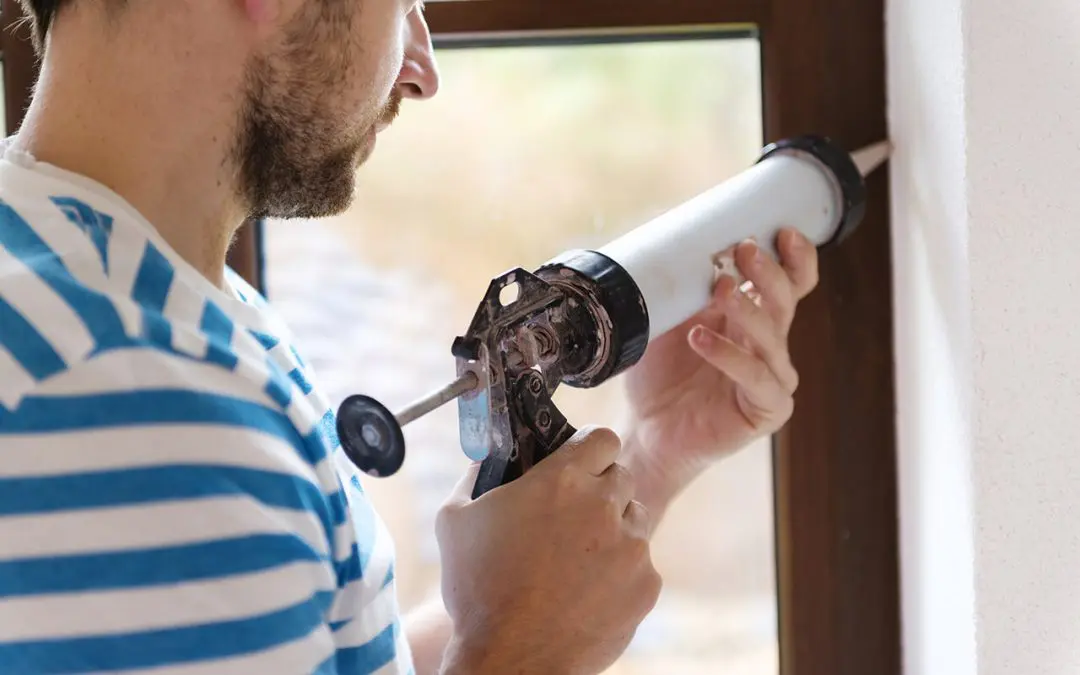As the days grow shorter and the temperature drops, prepare your home for the colder weather. You’ll keep your family warm and cozy and save energy and money. With these steps, you ensure your home remains comfortable while reducing heating costs. Here are a few tasks to winterize your home.
Tips to Winterize Your Home
1. Check the Insulation
Proper insulation is the foundation of a warm and energy-efficient home. Check for drafts around windows and doors. Use weatherstripping and caulk to seal gaps or cracks. Insulating your attic and walls will significantly improve your home’s heat retention. Install materials like fiberglass, cellulose, or foam to maintain a consistent indoor temperature.
2. Service the Heating System
Before cold weather arrives, hire a professional to inspect and maintain your home’s heating system. A well-maintained furnace or HVAC unit will operate more efficiently and save money. Your HVAC technician will clean and check the system, change air filters, and verify all components are in good working order.
3. Winterize Your Home: Program the Thermostat
Invest in a programmable thermostat to maintain a comfortable temperature in your home while optimizing energy usage. Set your thermostat to lower the temperature when you’re not at home or while you sleep, and raise it to a more comfortable temperature when you’re awake. A programmable thermostat will result in significant energy savings without compromising comfort.
4. Seal and Insulate Ductwork
Leaky ducts waste a substantial amount of heated air. Inspect your ducts for visible leaks, and seal them with appropriate duct sealant. Additionally, insulate the ducts to prevent heat loss during distribution. Properly sealed and insulated ducts improve your heating system’s efficiency and save you money.
5. Inspect Windows
Windows can be a major source of heat loss during the winter. Install storm windows or use window film to boost their insulation. If your budget allows, invest in energy-efficient windows to enjoy long-term benefits in terms of energy savings.
6. Reverse Ceiling Fans When You Winterize Your Home
Most ceiling fans have a setting to change the direction in which the blades rotate, which pushes warm air down from the ceiling. By running your ceiling fans clockwise on a low setting, they distribute warm air evenly throughout the room, reducing the need to run the heating system as often.
7. Insulate Water Lines
Freezing temperatures can lead to burst pipes and costly water damage. Insulate the plumbing with pipe insulation or foam sleeves, paying particular attention to exposed pipes in unheated areas such as basements, garages, and crawlspaces. You’ll prevent frozen and burst pipes, saving you from plumbing headaches and repair expenses.
8. Clean the Chimney and Fireplace
If you have a fireplace or wood-burning stove, have the chimney professionally cleaned and inspected. Creosote buildup can pose a fire hazard, and a well-maintained chimney will ensure smoke and gases are safely expelled.
9. Stock Up on Winter Supplies When You Winterize Your Home
Prepare for winter storms and power outages by stocking up on essential supplies like blankets, flashlights, non-perishable food, and water. Consider purchasing a backup generator if you live in an area prone to extended power outages.
Winterizing your home is a wise investment that keeps you warm and cozy during the cold months and reduces energy costs. By following these steps, you create a more comfortable and energy-efficient living space while protecting your home from winter-related issues.
HomeVantage Home Inspections provides inspection services to homebuyers and sellers in Northern New Jersey. Contact us to schedule an appointment.

